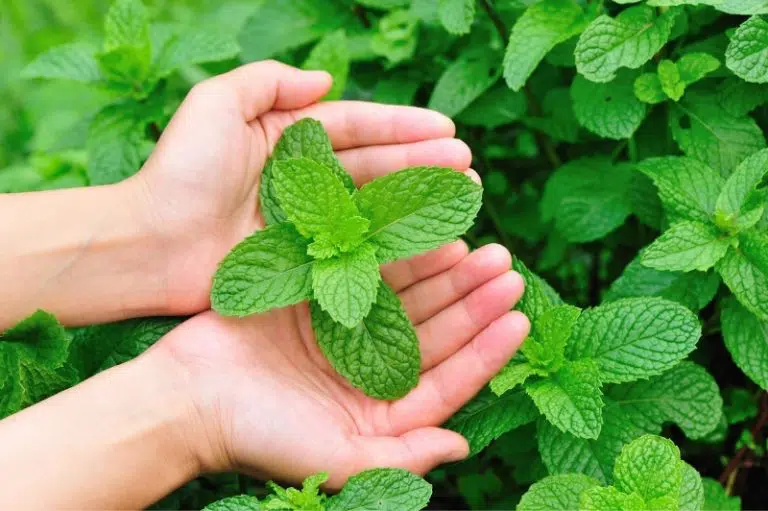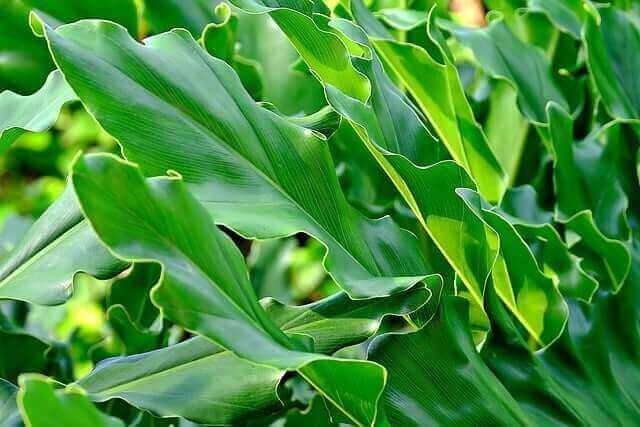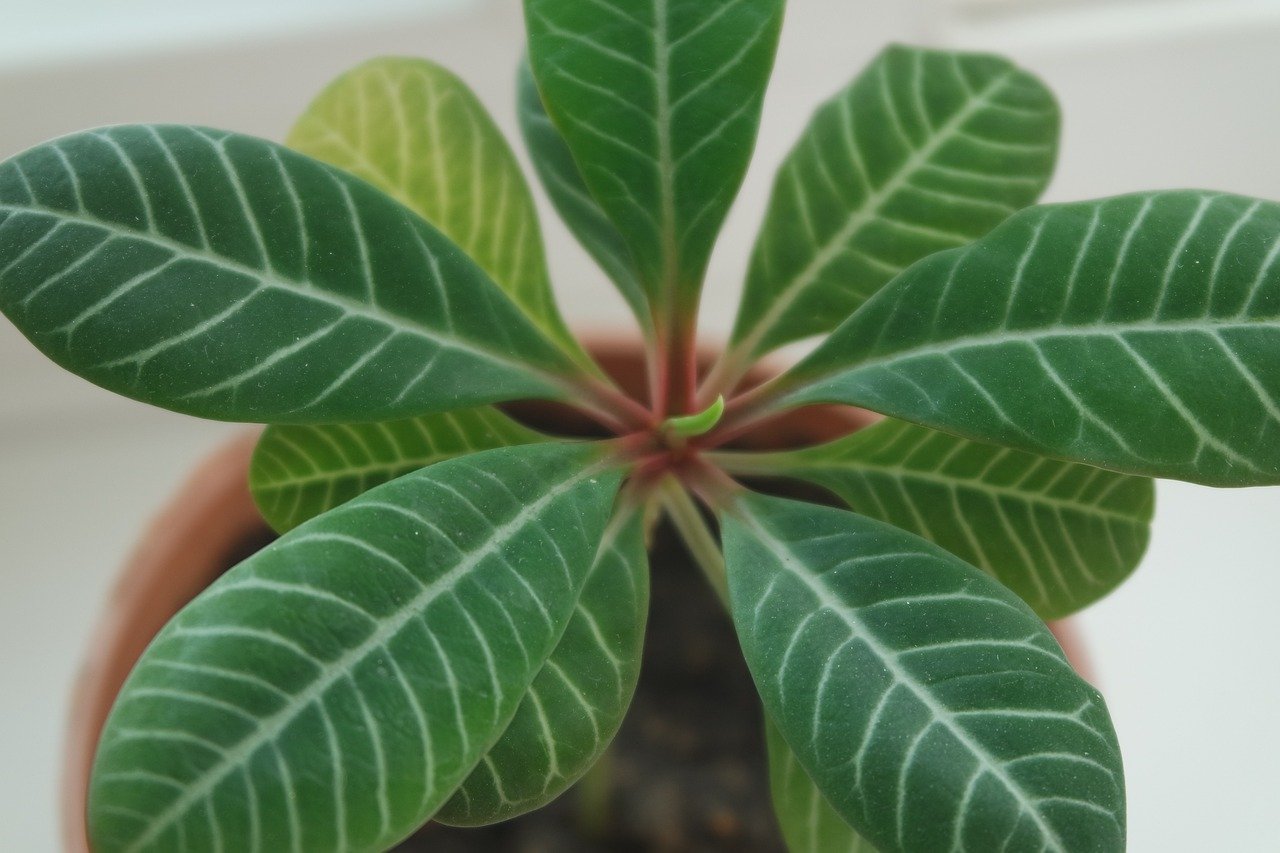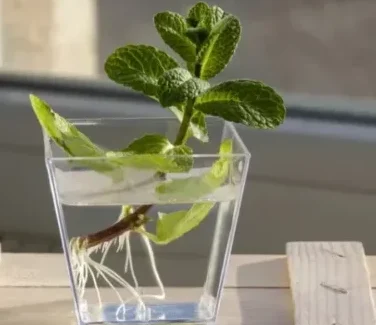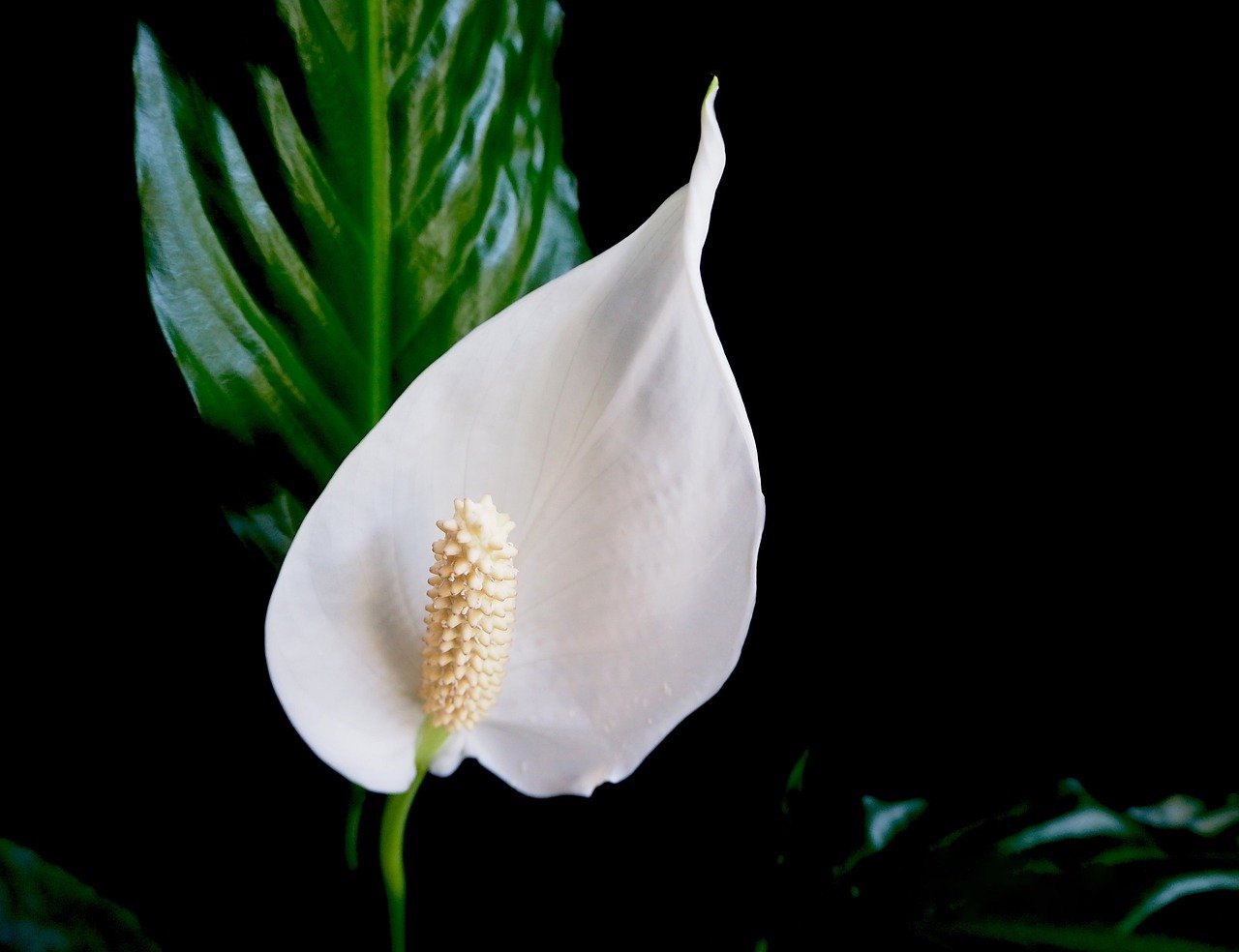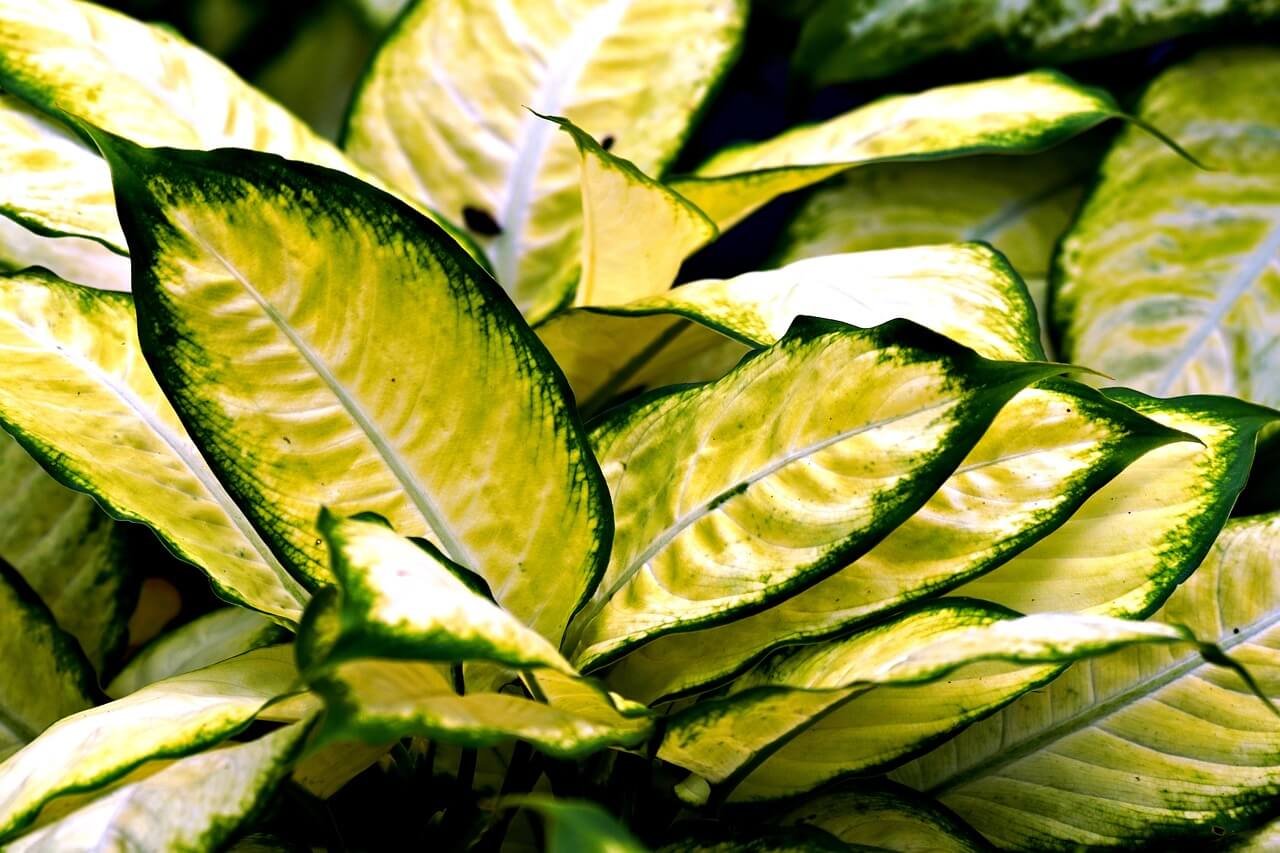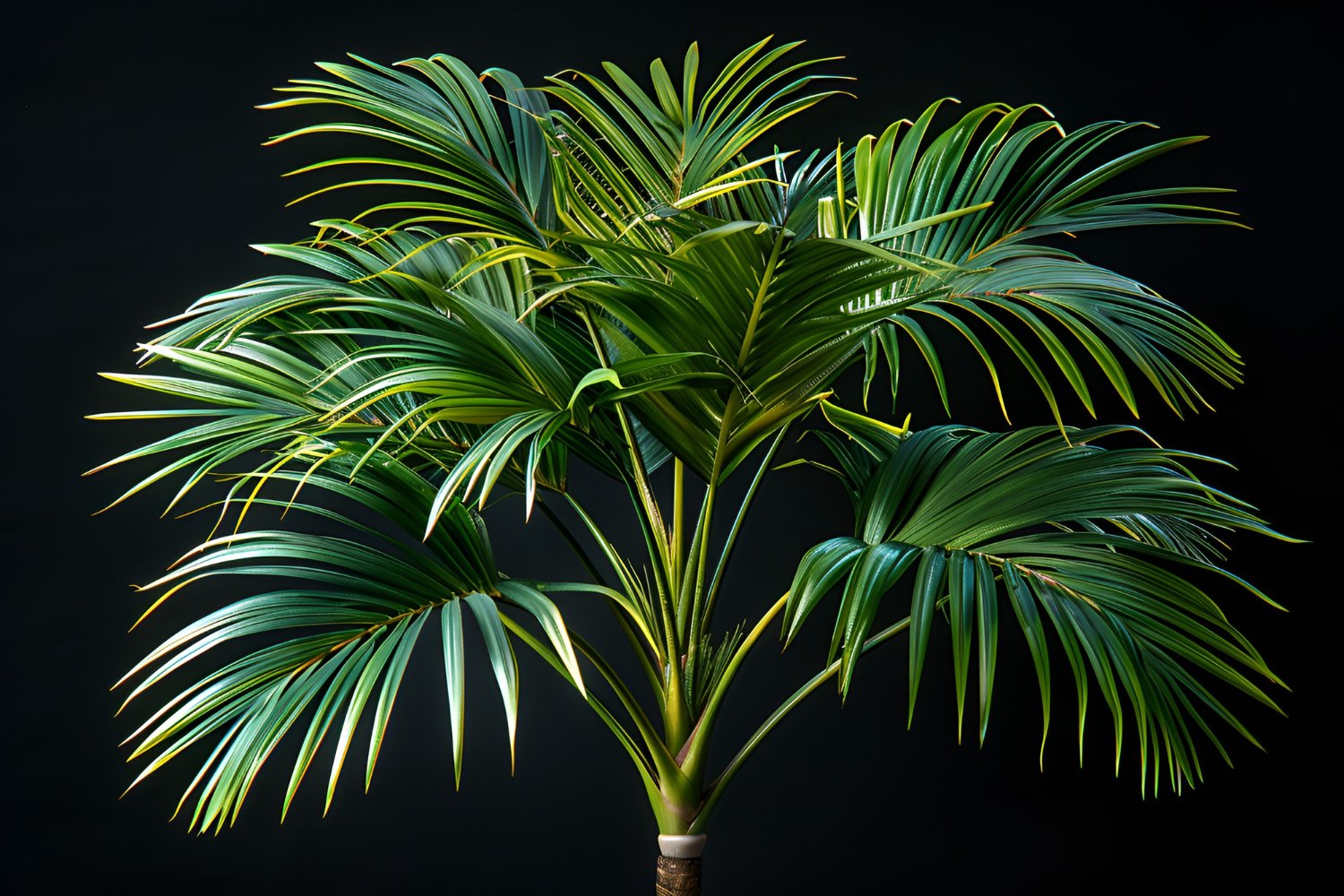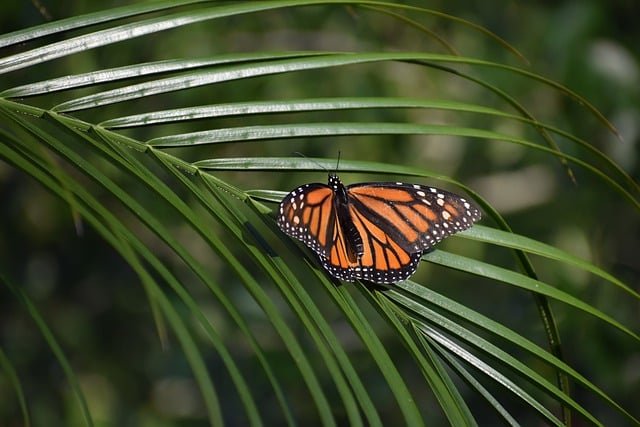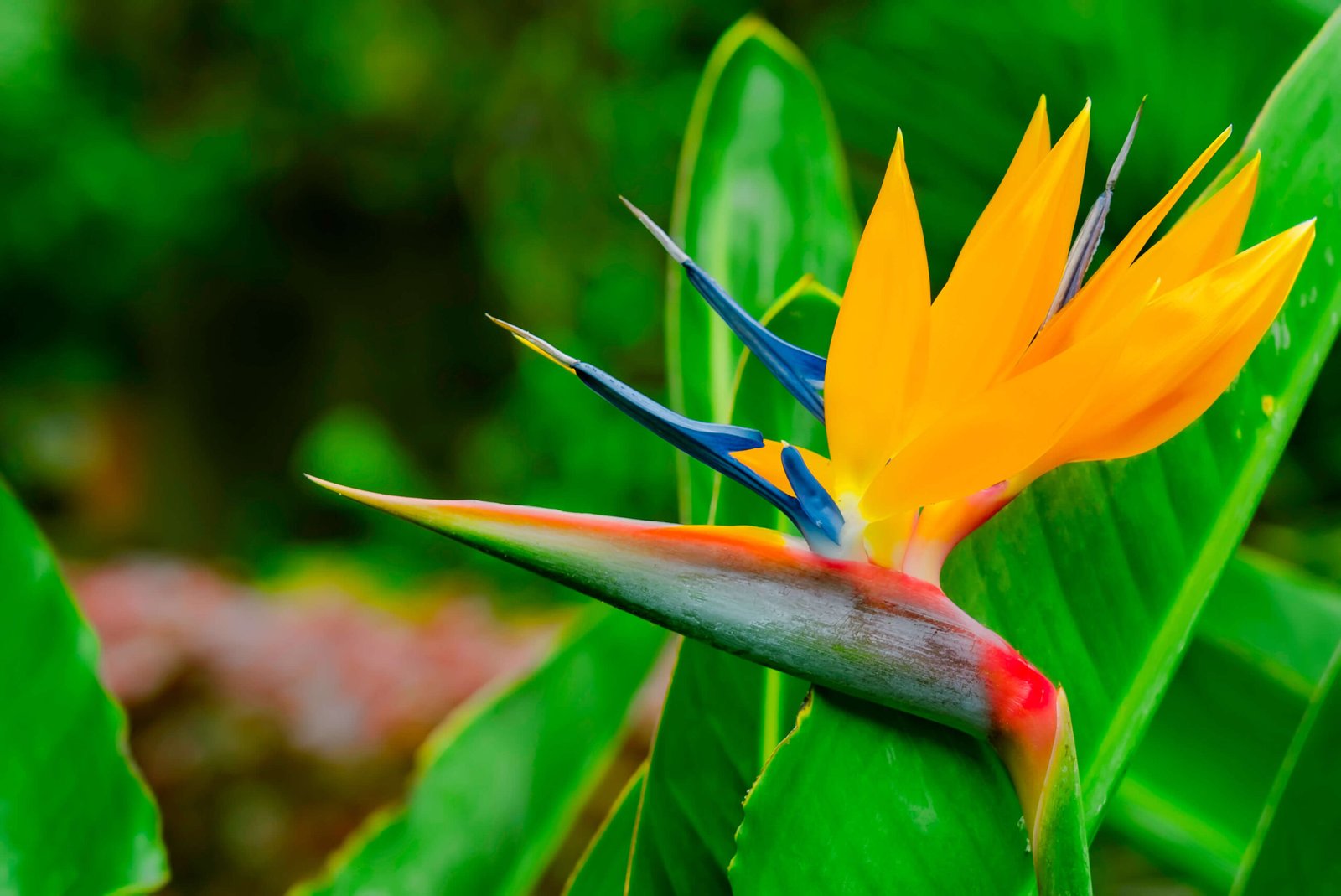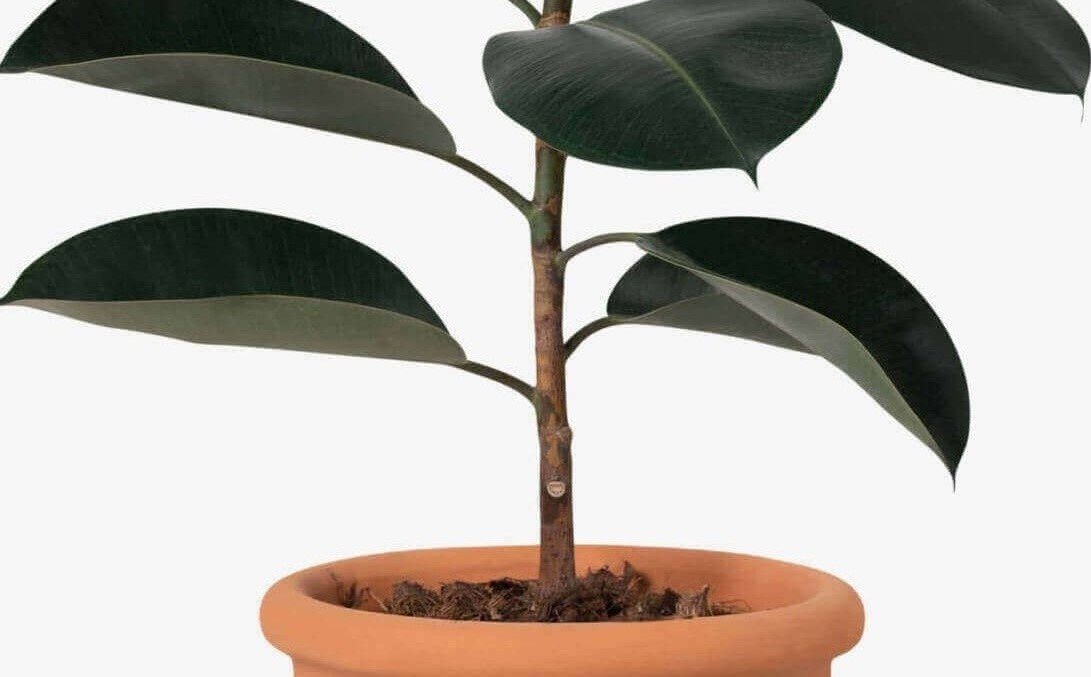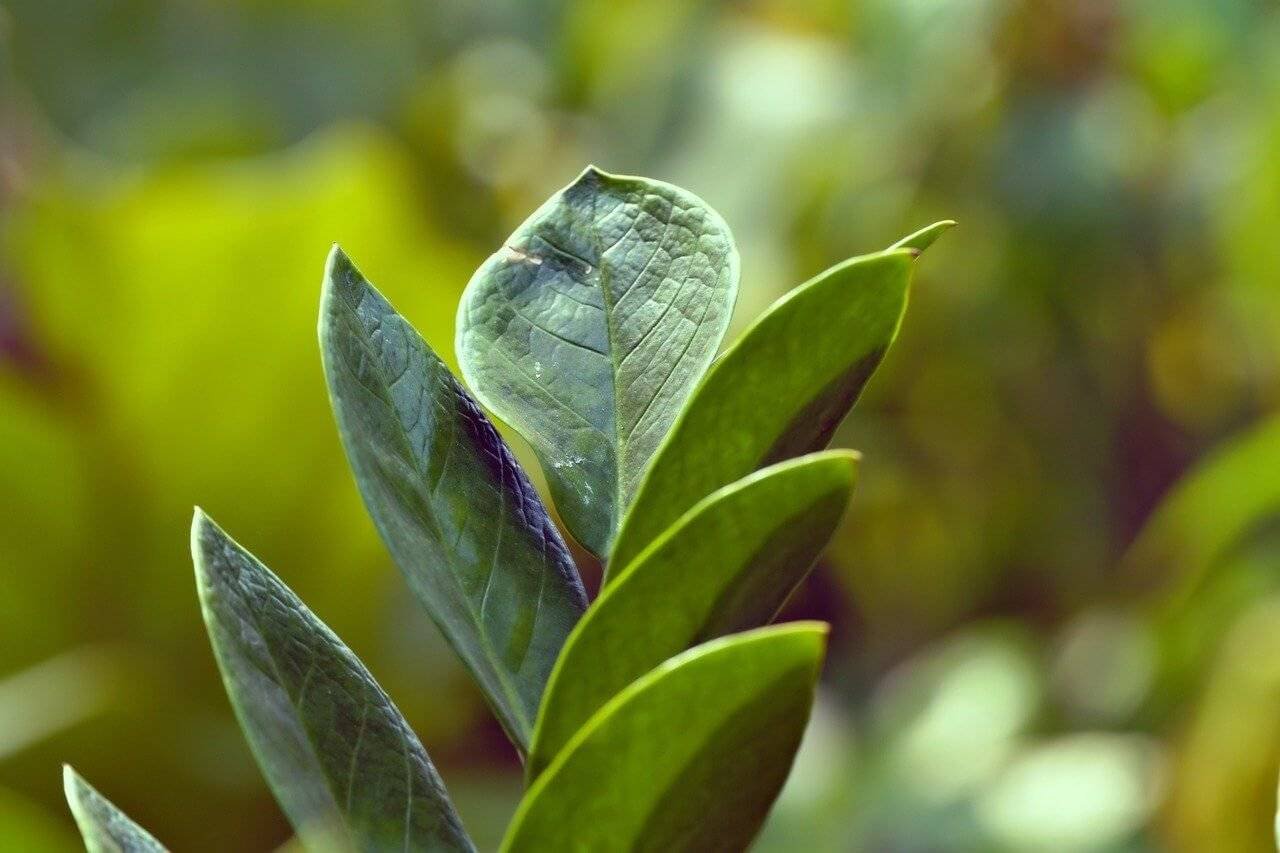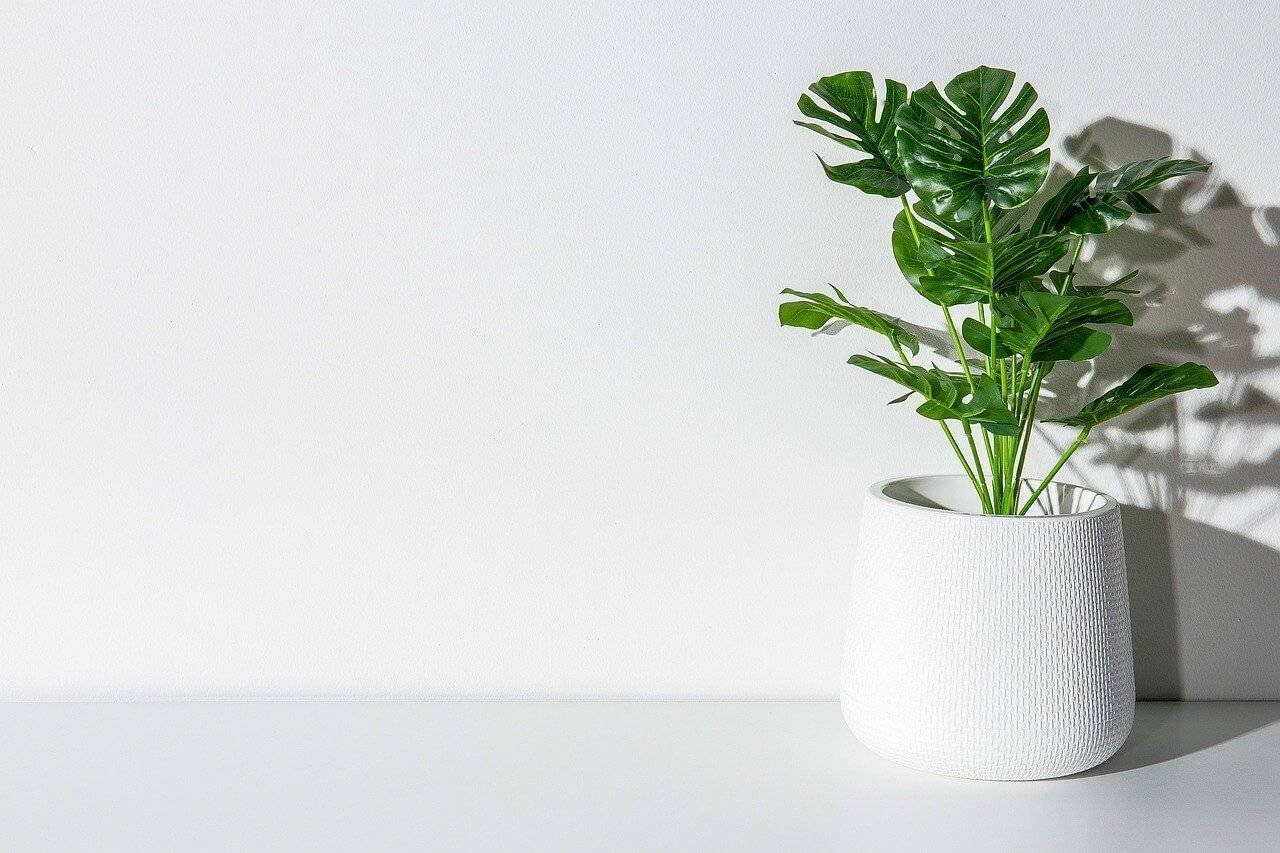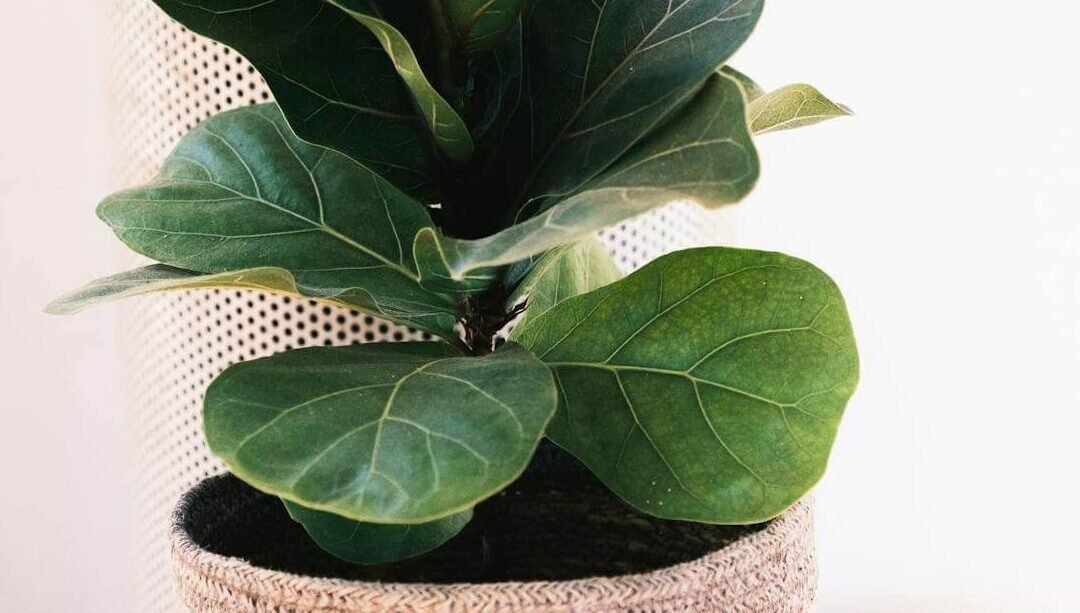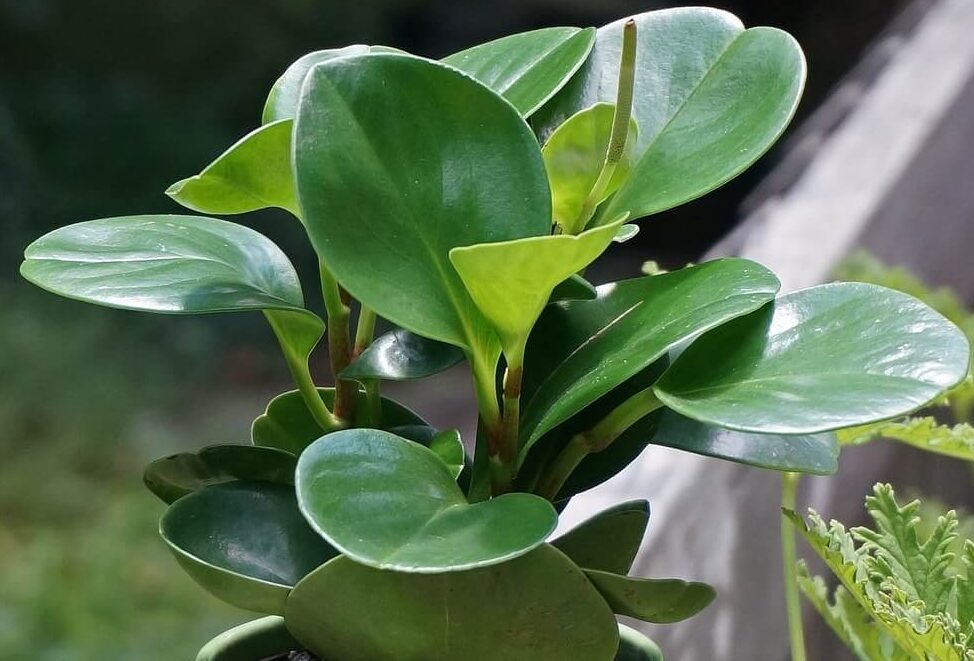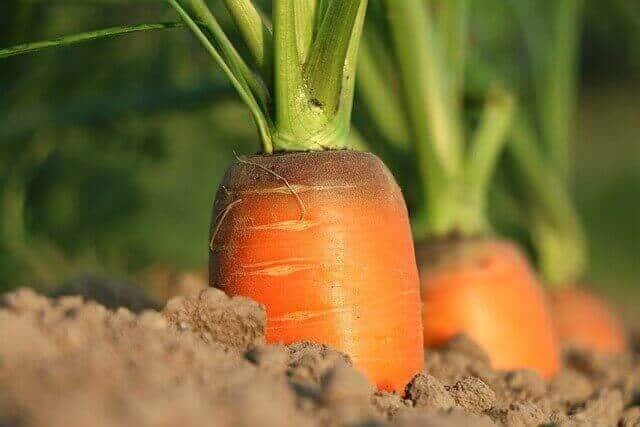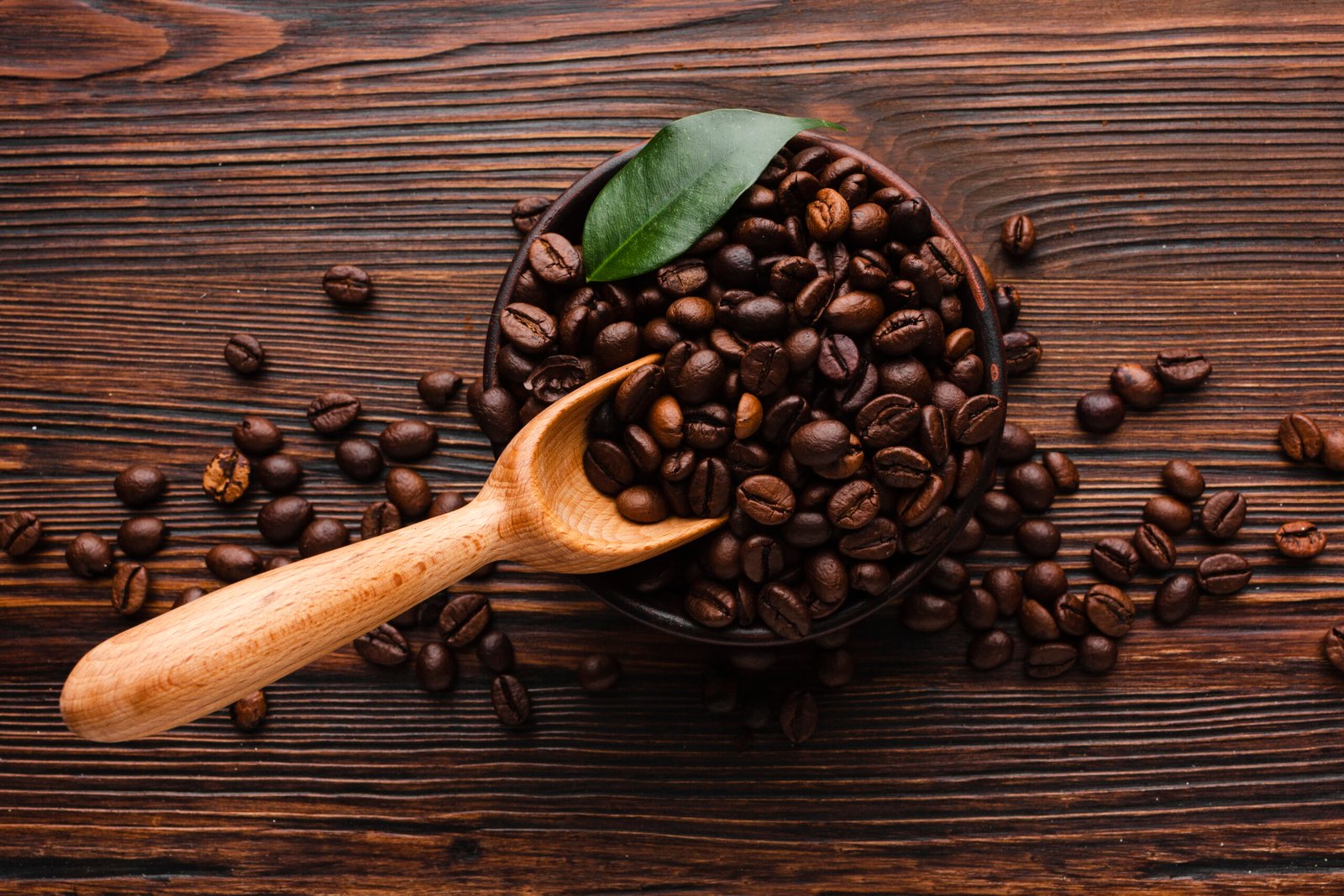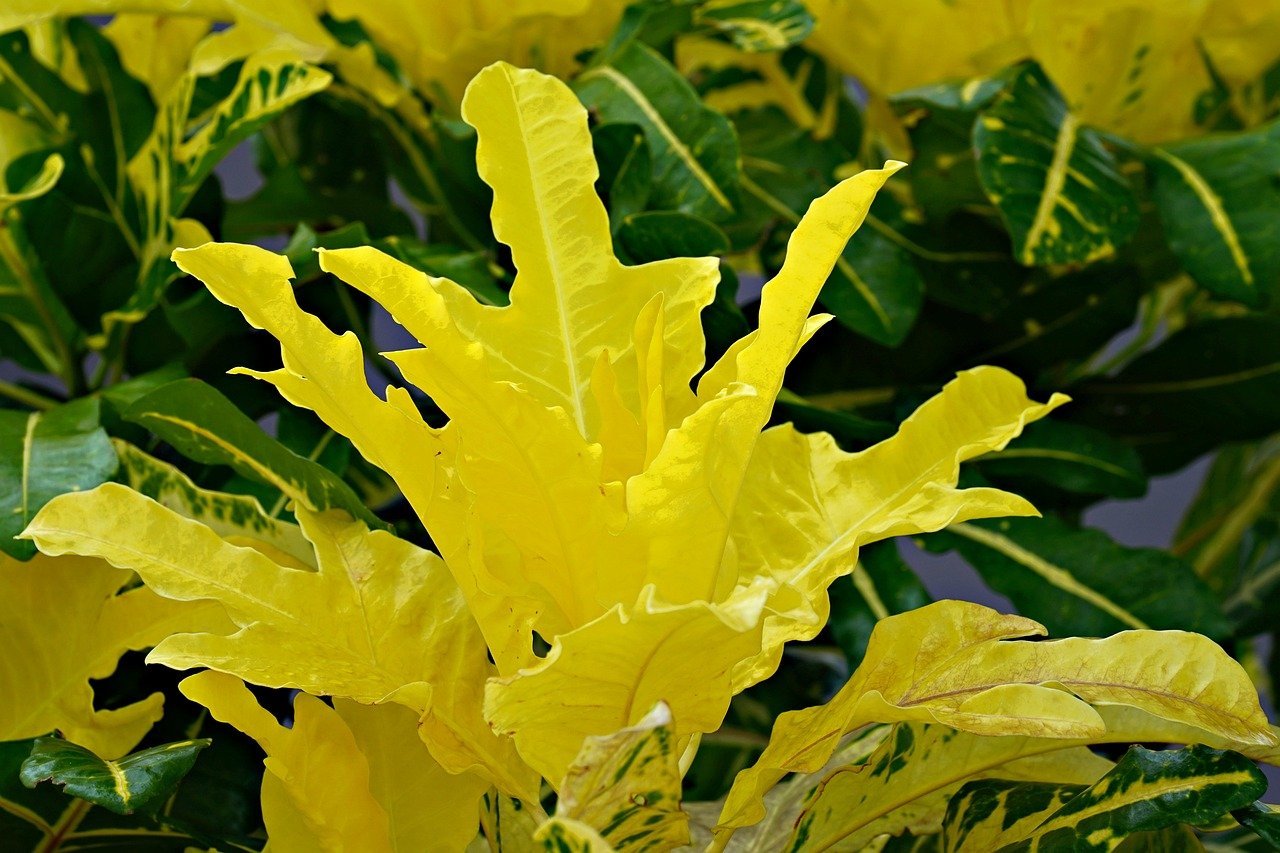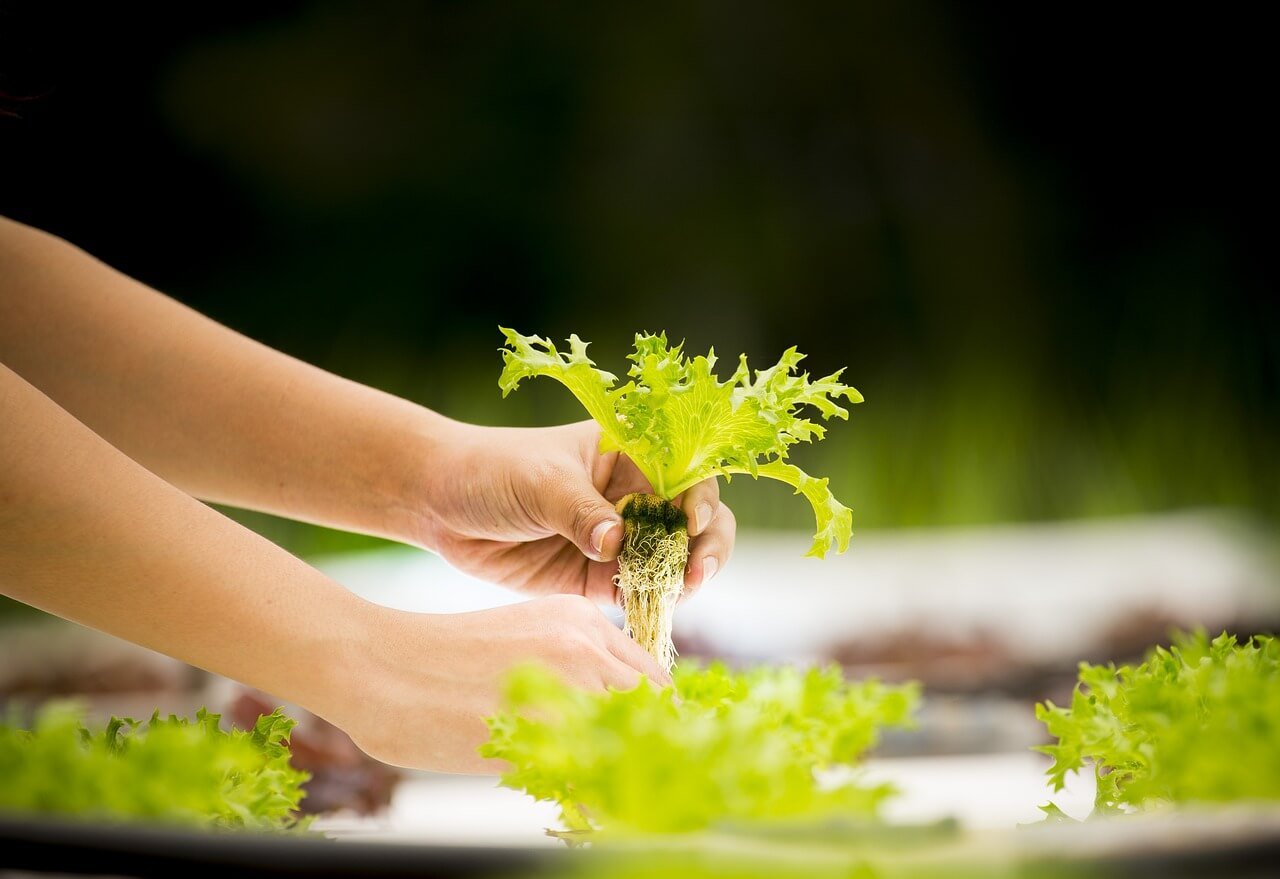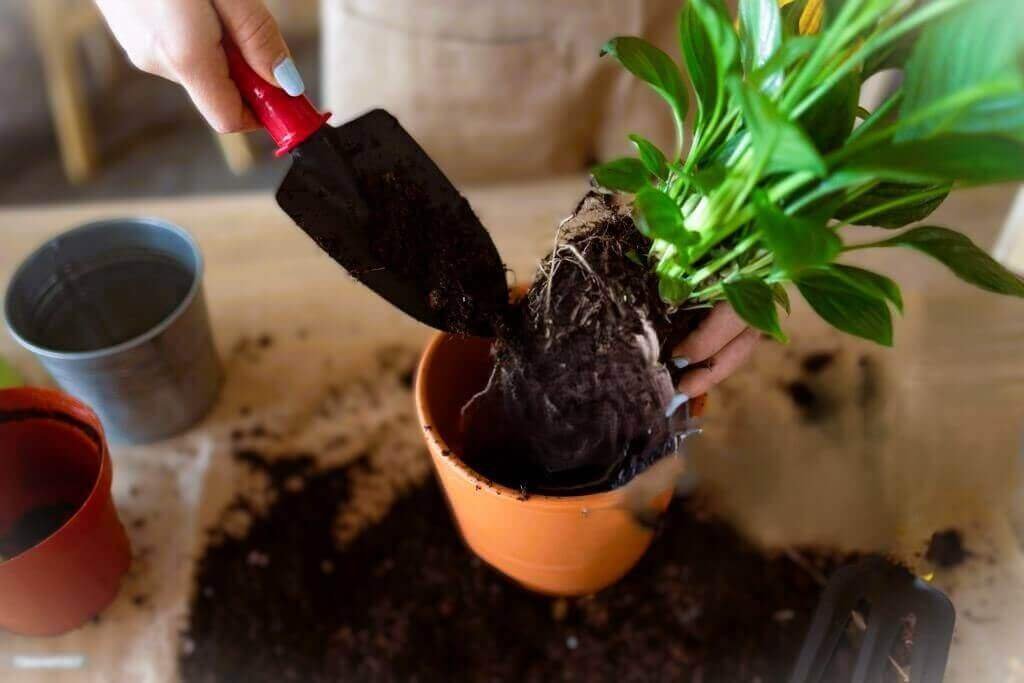Mint Leaves

In Bangoli it’s called Pudina English name is mint a fragrant herb for its freshness with several health benefits. Since primitive times, people have used different types of mints. different types of mint plants have anti-oxidant and health benefits.
Mint extracts have anti-diabetic properties, which may help in managing blood sugar levels.
I had bought a small mint plant from a store or garden centre to pot up at home. I was trying to find An alternative way to take cuttings, mint is a straightforward plant to take cuttings from. I took cuttings 4-6 inches in length from a mint plant, removed the lower 2 inches of leaves and placed them in water on a sunny windowsill. The cuttings were quickly put out roots and once they were a few inches long I had carefully planted the herbs in my chosen potting mix.
For treating nausea that happens in morning sickness.
Mints have square stems and aromatic leaves Mint is an excellent remedy to treat nausea. It is also effective for treating nausea that happens in morning sickness.
Mint can spread vegetatively by stolons and can be aggressive in gardens. The small flowers are usually pale purple, pink, or white and are arranged in clusters, The flowers are not typical of other members of the family, having four rather than five united petals. The volatile oils are contained in resinous dots in the leaves and stems.
You may need to rotate your herbs to improve the air circulation or adjust the amount of light they receive. One herb may come under attack by an indoor pest like fruit flies or need to be soaked in the sink if you forget to water it. It is much easier to grow herbs inside when you use separate pots. This allows you to address each plant’s needs individually.
Those great little multi-herb planters you find in the grocery or garden centres are fine temporarily. But if you want to have long-term success growing herbs indoors, then consider giving each herb its own container.
You may need to rotate your herbs to improve the air circulation or adjust the amount of light they receive. One herb may come under attack by an indoor pest like fruit flies or need to be soaked in the sink if you forget to water it. It is much easier to grow herbs inside when you use separate pots. This allows you to address each plant’s needs individually.
Those great little multi-herb planters you find in the grocery or garden centres are fine temporarily. But if you want to have long-term success growing herbs indoors, then consider giving each herb its container.
This is How
I keep my
min plant strong
and healthy
To keep the mint growing happily for months I Use liquid seaweed or another liquid fertiliser once a month to help it grow strong and healthy. It will then die back over winter and magically reappear in the spring. To keep it flourishing in year two, I remove the mint from its pot. Then I divide it into two or four and repot it in new compost. now I have extra mint plants for myself or to give to my friends and neighbours. I Do this every year, and one mint plant can last the rest of our lives!
How do I pick
and store
fresh mint?
The best way to store mint is in the fridge where it will stay nice and cool. but my best process is and It can be the main way If your mint is in its full form, leaves and stems intact, you can store it upright in a glass jar or plastic jar. then I pour two cups or 2 inches of water at the bottom of the jar so the cut stems can soak.
Which part of the
mint plant we pick?
using parts of the plant such as its leaves, flower, stem, bark, and seeds have been also used widely in traditional folk medicine and for the treatment of various diseases. Most mints are spreading plants, so they need large pots or bottomless buckets sunk into the ground, to keep their roots contained. A method of growing new plants from parts of an existing plant, such as sections of root, stem, leaf or bud.
we can use
mint extract
Mint juice helps to freshen the skin and relieve itching. People use peppermint for irritable bowel syndrome. It is also used for indigestion, bed sores, tension headaches, anxiety, insomnia, memory, and many other purposes, but there is no scientific example to support many of these uses.
Mint is considered a tender-leaf herb, meaning that the leaves have a high moisture content. As a tender-leaf herb, mint needs to be dried somewhere with darkness and low humidity or the leaves will turn yellow and mouldy.
Mint or mentha belongs to the Lamiaceae family, which contains around 15–20 plant species, including peppermint and spearmint. It is a popular herb that people can use fresh or dried in many dishes and infusions.
Benefit
Mint leaves are packed with antioxidants and phytonutrients, and contain vitamin A, vitamin C, and B-complex, phosphorous, calcium, and have anti-bacterial properties. It is one of the rich sources of iron, potassium, and manganese which improves haemoglobin levels and promotes brain function.
Mint leaves are low in calories and contain a minimal amount of protein and fat so you can add mint leaves to your weight loss diet program easily.


For treating nausea that happens in morning sickness.
Mints have square stems and aromatic leaves Mint is an excellent remedy to treat nausea. It is also effective for treating nausea that happens in morning sickness.
Mint can spread vegetatively by stolons and can be aggressive in gardens. The small flowers are usually pale purple, pink, or white and are arranged in clusters, The flowers are not typical of other members of the family, having four rather than five united petals. The volatile oils are contained in resinous dots in the leaves and stems.



About Author
I am an experienced indoor gardener working happily
and successfully in this sector for about five years.
Thank You

